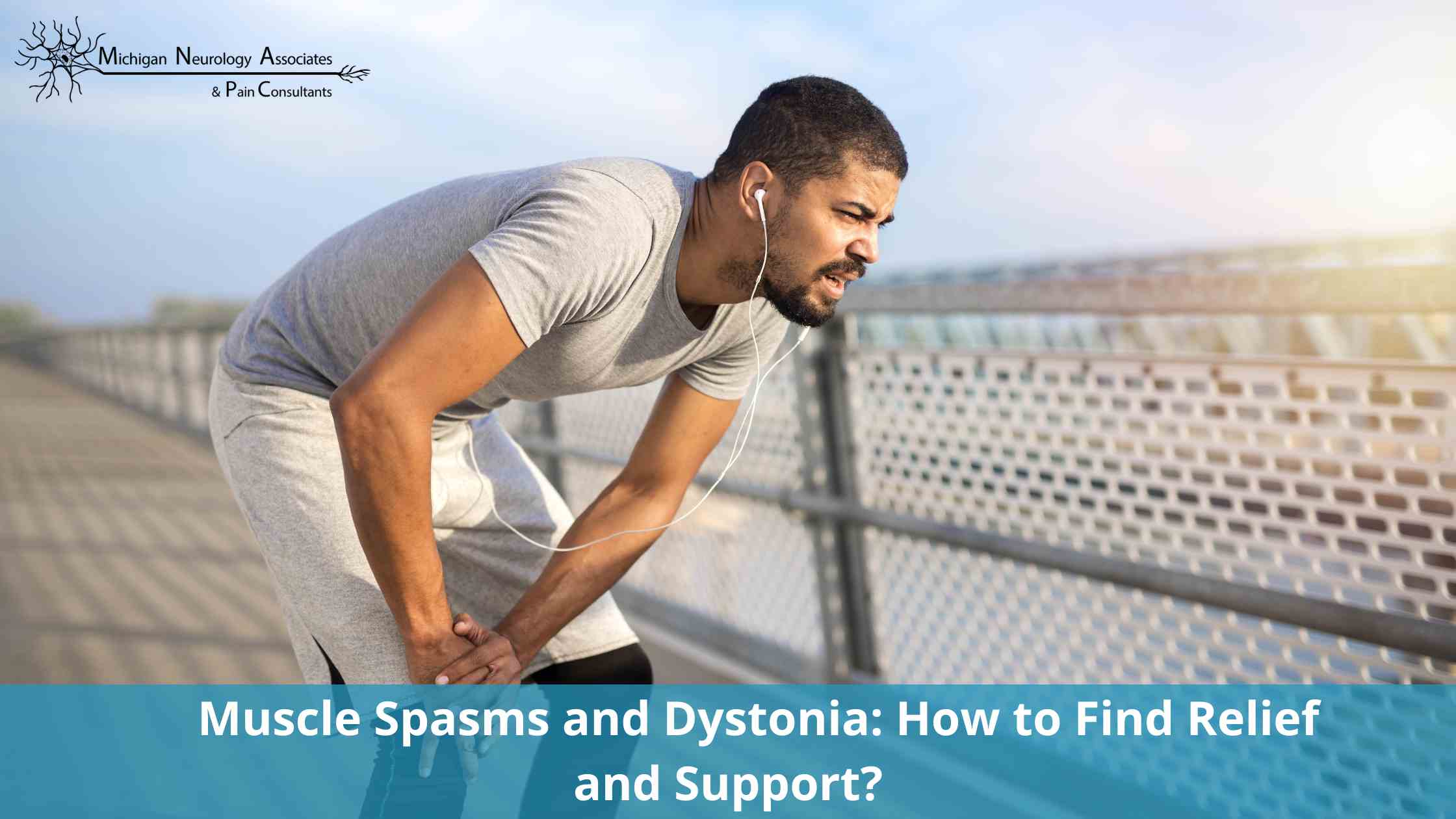



Have you ever experienced sudden involuntary muscle contractions or spasms that cause soreness and discomfort? It’s a muscle spasm. While simple muscle spasms are common, they can indicate a more serious condition called dystonia, characterized by sustained muscle contractions resulting in abnormal movements and postures.
Living with dystonic muscle spasms can be challenging and affect one's quality of life, and prevents full function. Therefore, establishing a definitive diagnosis is essential in order to find relief and support to manage these symptoms.
This blog will detail muscle dystonia and walk you through the best available treatments to relieve your pain and discomfort.
Involuntary Muscle cramps or spasms are uncontrolled contractions of the muscles that frequently result in pain and discomfort. Dystonia is a neurological disease characterized by persistent muscle pulling that causes aberrant postures and limb positions. Dystonia is a form of an involuntary Movement Disorder that may substantially negatively influence everyday living and general well-being. Seeking treatment and relief as soon as possible is essential. Prompt intervention can enhance physical function, lessen symptom frequency and intensity, and relieve discomfort. Seeking the right medical attention and assistance assists people in better managing their symptoms and improving their quality of life!
Below are the most common forms of muscle dystonia—
Idiopathic dystonia is a type of dystonia with no recognized etiology. It refers to a disorder without a known underlying cause. This is the most common type.
This muscle spasm dystonia typically starts in infancy or adolescence and affects several body parts. It might lead to twisting and repeated motions, posing challenges to maintaining a neutral posture.
Dopa-responsive dystonia is a kind of dystonia that responds well to therapy with levodopa. It is also often characterized by other aberrant movements.
Acquired dystonia appears after birth and is brought on by trauma, infection, drug side effects, or similar underlying illnesses or brain abnormalities.
Common symptoms of Muscle Dystonia include—
Muscle contractions may occur in any part of the body and happen without conscious control.
Muscles may pull or twist body parts, causing postures or motions that would be difficult to voluntarily reproduce.
Muscle spasms and prolonged contractions can bring on pain and discomfort.
Mobility, coordination, and fine motor abilities can all be impacted by dystonia.
Muscle spasms may be accompanied by a component of tremor or other rhythmic or oscillating movements.
The body can experience effects in the following areas—
Involuntary contractions of neck muscles causing head tilting, turning, or tremor movements.
The symptoms consist of uncontrolled fluttering or eyelid closure. Light sensitivity may be a component, and cause visual impairment.
This ultimately results in difficulties in speaking, chewing, or swallowing.
Muscle contractions and spasms affect the hand and forearm, leading to abnormal postures or movements. These are often induced by common tasks i.e., “writer’s cramps”.
Here are some tested tips to keep your dystonia in check and avoid discomfort.
Understanding your triggers might help you reduce the likelihood of balance disruptions.
Learn about tricks or postural repositioning that stop or reduce the pulling.
Practice balance and stability-boosting exercises. This could involve yoga, tai chi, or particular meditation, or biofeedback exercises.
Find stress-reduction methods that are effective for you, or try taking up a hobby or relaxing activity.
Cultivate a healthy lifestyle by eating a well-balanced diet, staying hydrated, engaging in regular exercise and protecting your sleep.
Consult a healthcare professional specializing in involuntary movement disorders for treatments and therapies tailored to your needs.
If you experience muscle spasms or movements that are persistent, severe, or affect your daily activities, it is recommended to seek medical attention.
At Michigan Neurology Associates & Pain Consultants , our experienced providers enable you to take charge of your muscles with specialized targeted muscle injections or other spasm treatments. From detailed evaluations to individualized treatment plans, we're here to help you restore control. Book an appointment today, experience relief, and reclaim your active life!